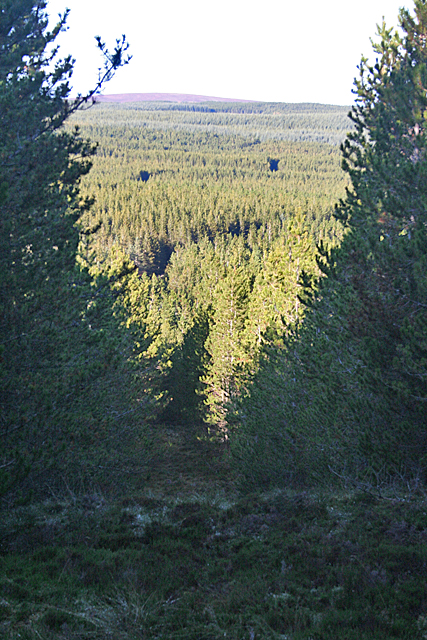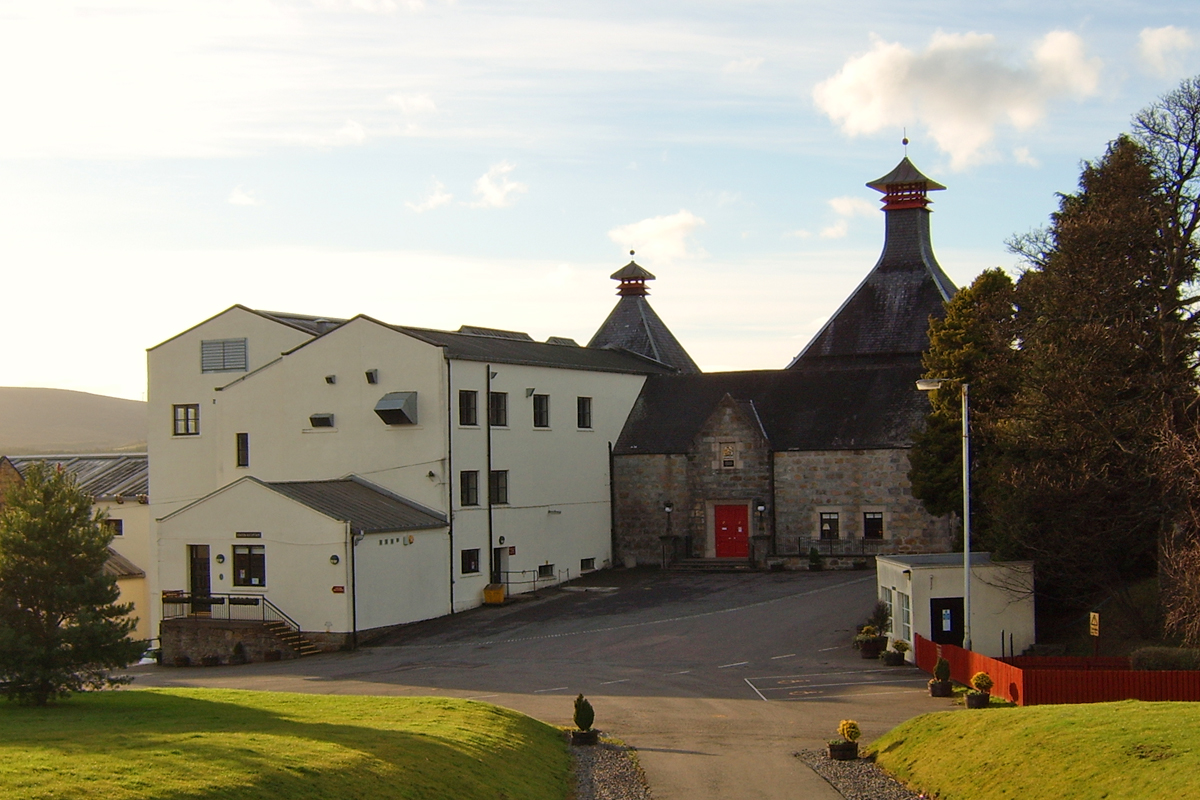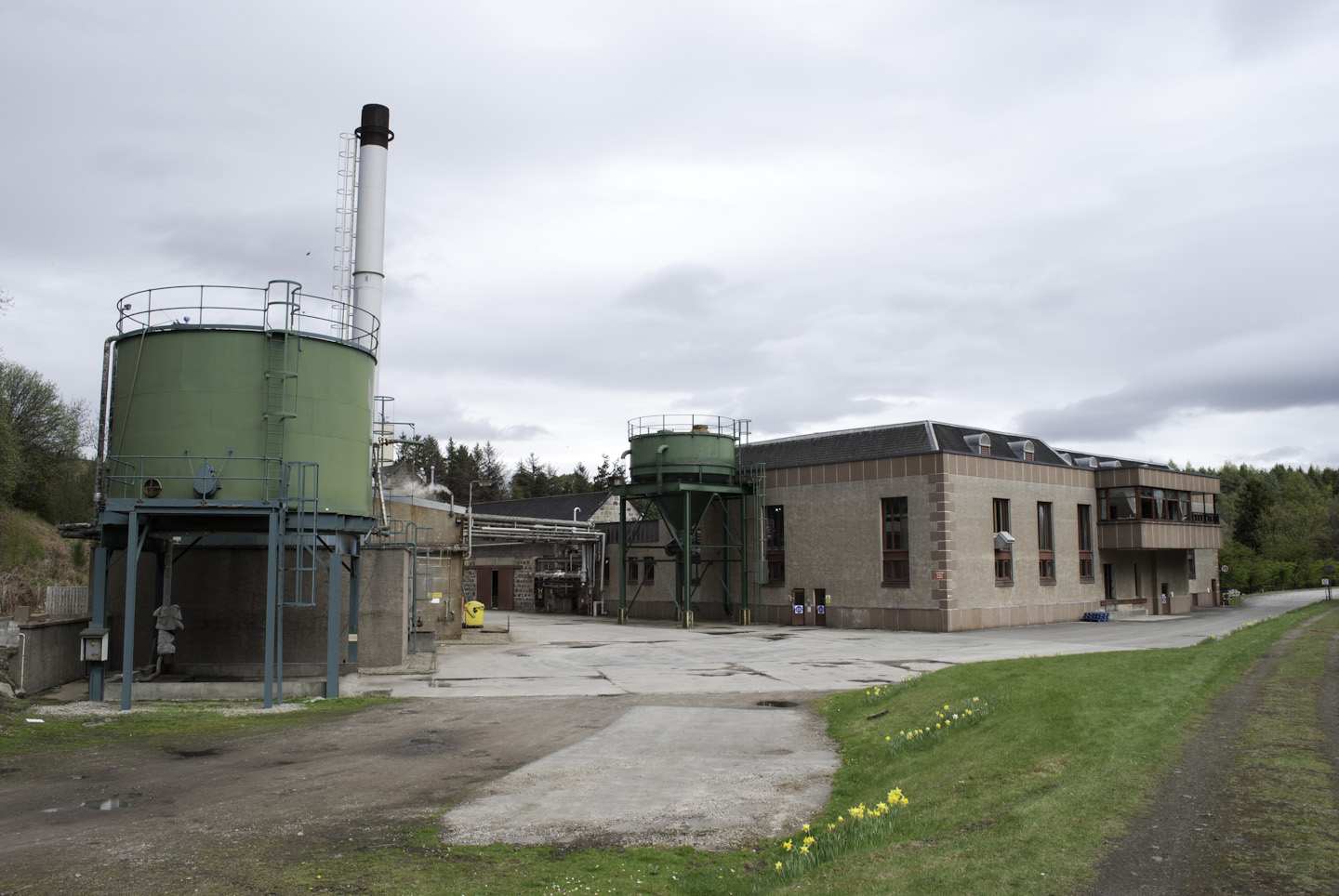Loch of the Cowlatt
Lake, Pool, Pond, Freshwater Marsh in Morayshire
Scotland
Loch of the Cowlatt

Loch of the Cowlatt is a small freshwater body located in Morayshire, Scotland. Situated amidst picturesque scenery, it serves as a tranquil haven for nature enthusiasts and visitors seeking a peaceful retreat. The loch covers an area of approximately 5 acres and is nestled amidst rolling hills and lush greenery.
The waters of Loch of the Cowlatt are crystal clear, reflecting the surrounding landscape like a mirror. It is fed by natural springs and small streams, ensuring a constant flow of fresh water. The water quality is excellent, supporting a diverse ecosystem of aquatic plants and animals.
Surrounding the loch is a rich wetland ecosystem, with a variety of plant species thriving in the marshy areas. Reed beds, sedges, and water lilies are commonly found, providing a habitat for numerous bird species and other wildlife. The loch is particularly known for attracting a variety of waterfowl, including swans, ducks, and geese.
For birdwatchers, Loch of the Cowlatt offers a perfect vantage point to observe a wide range of avian species in their natural habitat. The tranquil environment and the abundance of food sources make it an ideal breeding and nesting ground for many water-dependent birds.
Visitors can enjoy a leisurely stroll around the loch, following the well-maintained footpath that offers stunning views of the surrounding countryside. Fishing is also a popular activity, with anglers trying their luck to catch brown trout, which are known to inhabit the loch.
Overall, Loch of the Cowlatt is a small yet enchanting freshwater body that offers a haven for wildlife and a serene retreat for visitors looking to immerse themselves in nature's beauty.
If you have any feedback on the listing, please let us know in the comments section below.
Loch of the Cowlatt Images
Images are sourced within 2km of 57.479748/-3.4642198 or Grid Reference NJ1244. Thanks to Geograph Open Source API. All images are credited.





Loch of the Cowlatt is located at Grid Ref: NJ1244 (Lat: 57.479748, Lng: -3.4642198)
Unitary Authority: Moray
Police Authority: North East
What 3 Words
///drama.purified.react. Near Charlestown of Aberlour, Moray
Nearby Locations
Related Wikis
Knockando Woolmill
The Knockando Woolmill is a historic woolmill in Moray, Scotland. Wool production has taken place at the site since at least the eighteenth century, and...
Cardhu distillery
Cardhu distillery is a Speyside distillery near Archiestown, Moray, Scotland, founded in 1824 by whisky smuggler John Cumming and his wife Helen. The distillery...
Tamdhu distillery
Tamdhu distillery is a single malt Scotch Speyside whisky distillery, located in the village of Knockando in Banffshire, Scotland. Tamdhu comes from Gaelic...
Knockando, Moray
Knockando (Scottish Gaelic: Cnoc Cheannachd) is a village in Moray, Scotland. It is a farming centre and the location of both the Knockando distillery...
Have you been to Loch of the Cowlatt?
Leave your review of Loch of the Cowlatt below (or comments, questions and feedback).















